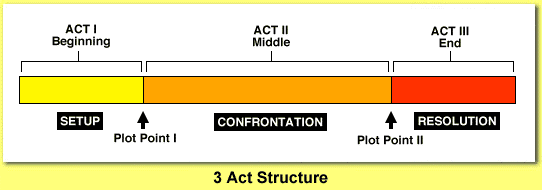Interval/Intermission were originated from west but its India which is still sticking with it.
Intermissions in early films had a practical purpose: they were needed
to facilitate the changing of reels. When Les Amours de la reine
Élisabeth (Queen Elizabeth), starring Sarah Bernhardt, opened on July
12, 1912, in the Lyceum Theatre in New York City, the four reel film
was shown in four acts, with an intermission between each reel change.
- Wikipedia
But with technology improvement this reel change process was eliminated so does intervals/intermission. But India still use them and they even place them in middle of foreign film too but they mostly repeat one scene before and after interval as this film didn't keep appropriate position for interval as Bollywood film do.
Form Wikipedia
Despite the phasing out of intermissions in the West, they have
remained prevalent in India, and especially with Bollywood films.
There is a mass reluctance to abolish intermissions as they bring a
large revenue to cinemas through customers buying snacks during these
periods.
Indian films are also typically longer compared to films from other
parts of the world. In 2011, a Bollywood film, Dhobi Ghat, was
released without an intermission and was cited as a first in Indian
cinema. Forced intermissions are common during screenings of western
films in India.
But one point to be noted here that Dhobi Ghat was only 95 minute longer, that might be the reason for removing interval.
But there are exception in Hollywood too, they also have films with interval, latest example is Hateful Eight, from cinemablend.com :
So there will be two versions of The Hateful Eight hitting screens
this December. The "roadshow" cut, which hits theaters first, will
play in 70mm, but it will also be the longer, idealized version of the
film. According to Tarantino, this version will have both an overture
and an intermission to contend with. It will be approximately
six-and-a-half minutes longer than the other, longer still if you
count the intermission, and the whole shebang will clock in at just
over three hours.
Same Wikipedia link* also list other Hollywood film with intermission/interval but they have warning of "citation needed", so I am excluding them from answer.
As per scoopwhoop.com
Hollywood films are written keeping the 'three-act structure' in mind.
They set up the plot, introduce the conflict and then resolve it. And
there is no point to have a break midway.

But Bollywood films are written differently. We follow a different
structure. In the first half, the characters and the plot is
introduced. It is here when we are introduced with the conflict as
well. The interval point acts as a cliffhanger. It keeps the audience
hooked for the second half.
In fact, the interval point can be termed as a mini-climax which is of
lesser intensity than the film's actual climax.

